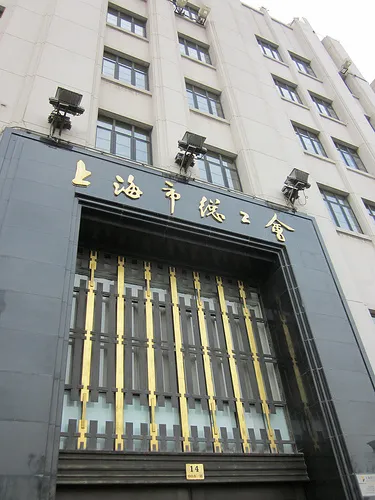
China banks' NPLs to increase moderately in 2H13
Operating trends were stable in 2Q13.
Analysts from Barclays visited China banks and regulators in Beijing last week. Some government agency officials and think tanks expressed the view that visibility on GDP growth is low and China may be heading towards growth of 6.5%-7.5% for 2013.
Here's more from Barclays:
This is in line with the view of our China economics team, which recently revised down its 2013 forecast to 7.4%. All eyes (and hopes) appear to be on reform plans due to be announced at the October party congress.
The PBOC's reluctance to quickly inject liquidity after the recent interbank rate spike was driven, we believe, by its intention to tighten rapid non-bank and non-traditional (interbank) credit growth, as well as discipline banks on their liquidity management.
Banks' operating trends appear to be stable in 2Q13, yet they expect NPLs to increase moderately in 2H13, based on our discussions. Most banks believe the interbank rate rise will spread to other banking business (eg, bills, WMPs, deposits, loans).
We see recent weakness in H-share China banks' share prices as an opportunity to selectively accumulate. We expect a tactical rebound, and reiterate our preference for large, quality, defensive banks, such as BOC, ICBC, CCB and Bocom (all rated OW).
Attractive valuation, still prefer large banks: After their sharp decline in the past month (-14% on avg vs. HSI -10%), the valuation of China's H-share banks looks attractive (at only 0.9x 2013E P/B and 4.8x 2013E P/E on average), and similar to the trough of September 2011, when the "shadow banking" crisis hit.
We believe there will be a tactical rebound and reiterate our preference for large banks. However, over the mid-term we continue to see the sector as range-bound, given lack of visibility on NPLs, and potential NIM compression from rate liberalization and equity-raising needs over the mid to long term.
Expect market rates to stay higher than pre-spike levels; impacts not well analyzed: We expect the liquidity tightness to ease after the PBOC's 25 June statement affirming its support for market liquidity.
However, we expect interbank funding costs will stay higher in 2H vs 1H, as banks may still be unwilling to lend to each other. In fact, the regulators and banks we spoke with share the view that rates may not go back to pre-shock levels any time soon.
They expect the impact is likely to be moderate and that the higher rates will act as effective monetary tightening on the economy, although we believe the consequences have not been fully studied or well-prepared for.
Regulatory focus: Regulators are currently examining rural banks' discounted bill business and the related accounting treatments. They are also closely monitoring trust beneficiary rights-based interbank business, since they requested banks to submit relevant statistics in mid-April.
Those we spoke with indicated there are no immediate plans to regulate this area, however.




![Lorem Ipsum [ABF 1]](https://cmg-qa.s3.ap-southeast-1.amazonaws.com/s3fs-public/styles/exclusive_featured_article/public/2025-03/a_hand_pointing_to_a_futuristic_technology_5b87c9d0e3_1.png.webp?itok=2w0y1WhS)


![Cross Domain [Manu + SBR + ABF + ABR + FMCG + HBR + ]](https://cmg-qa.s3.ap-southeast-1.amazonaws.com/s3fs-public/styles/exclusive_featured_article/public/2025-01/earth-3537401_1920_4.jpg.webp?itok=WaRpTJwE)







 Advertise
Advertise

